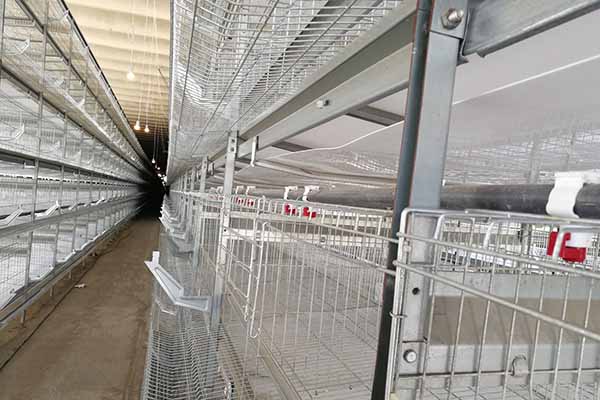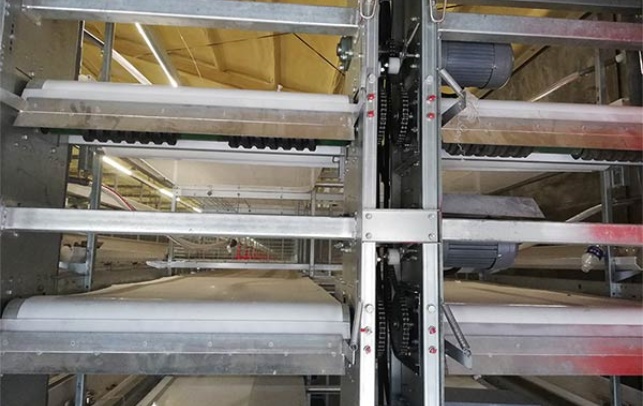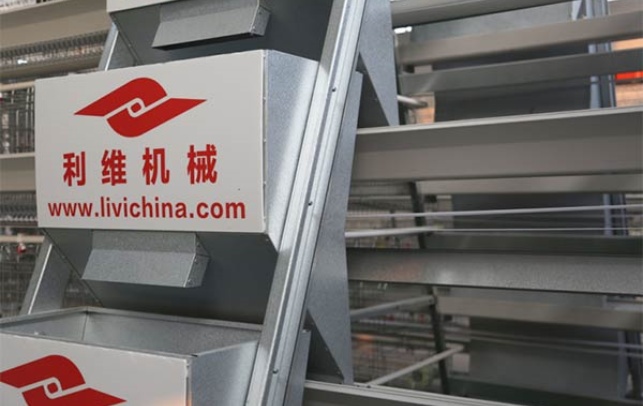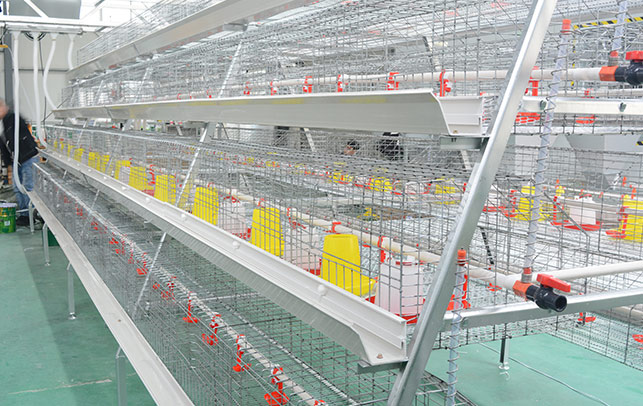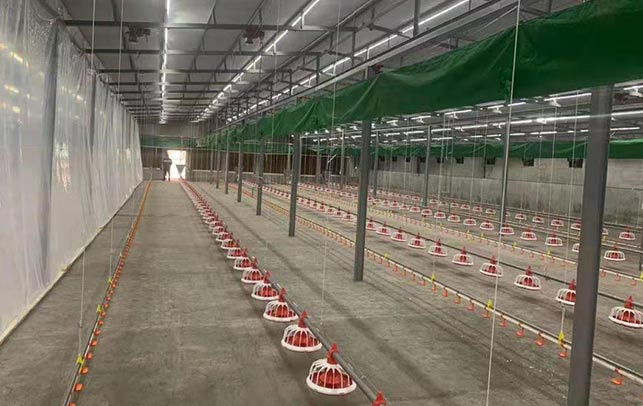Kuroiler Chicken Farming in Kenya: A Comprehensive Guide
Time : 2025-05-13
If you’re looking to delve into the world of poultry farming, specifically focusing on Kuroiler chickens in Kenya, you’ve come to the right place. In this article, we’ll discuss everything you need to know about Kuroiler chicken farming in Kenya. We’ll cover the basics, benefits, challenges, and provide some tips to help you succeed in this venture.
Introduction to Kuroiler Chickens
Kuroiler chickens are a hybrid breed, a result of crossing local chicken breeds with the popular Rhode Island Red and White Leghorn chickens. They are known for their rapid growth, disease resistance, and adaptability to various environments. Kuroiler chickens have become a popular choice among farmers in Kenya due to their numerous advantages.
Why Choose Kuroiler Chicken Farming in Kenya?
1. Rapid Growth Rate: Kuroiler chickens reach maturity faster than many other chicken breeds, allowing you to harvest eggs and meat sooner.
2. Disease Resistance: They are more resilient to common poultry diseases, making them a more reliable option for farmers.
3. Adaptability: Kuroiler chickens can thrive in various climates and terrains, making them ideal for different regions of Kenya.
4. High Productivity: These chickens lay more eggs and have a higher meat yield compared to local chicken breeds.
Setting Up Your Kuroiler Chicken Farm
Location and Climate
When choosing a location for your Kuroiler chicken farm, consider factors like temperature, humidity, and proximity to water sources. Kenya’s diverse climate means that you can find suitable areas for farming in different regions.
Land and Infrastructure
You’ll need an appropriately sized piece of land for your farm. Ensure that the land is well-drained and has access to clean water. Build coops or sheds to protect your chickens from predators and adverse weather conditions.
Feeding and Nutrition
Kuroiler chickens require a balanced diet to ensure optimal growth and health. You can start with a starter feed containing protein, carbohydrates, vitamins, and minerals. As they grow, transition them to a grower feed that meets their nutritional requirements.
Water and Hygiene
Chickens need constant access to clean, fresh water. Keep their drinking containers clean and change the water regularly. Sanitation is crucial in chicken farming; clean coops and proper waste management are essential to prevent diseases.
Challenges and Solutions
1. Predators: Dogs, snakes, and birds of prey can pose a significant threat to your chickens. Use electric fences, wire mesh, and predator-proof coops to protect your flock.
2. Diseases: Be vigilant about diseases and invest in a proper vaccination program. Regularly clean and disinfect your farm to prevent the spread of illnesses.
3. Market Access: Finding buyers for your chickens can be challenging. Establish relationships with local markets, supermarkets, and restaurants to ensure a steady demand for your produce.
Tips for Success in Kuroiler Chicken Farming
1. Research: Understand the market demand, costs, and potential profits before starting your farm.
2. Networking: Connect with other poultry farmers, suppliers, and buyers to gather insights and resources.
3. Continuous Learning: Stay updated with the latest farming techniques, disease management strategies, and market trends.
4. Financial Planning: Develop a budget to cover the initial setup costs and ongoing expenses. Seek financial assistance or loans if needed.
Conclusion
Kuroiler chicken farming in Kenya can be a lucrative and rewarding venture if done correctly. By following these guidelines and staying committed to your goals, you can establish a successful poultry farm. Remember to stay adaptable and proactive in overcoming challenges that may arise.
Tags
